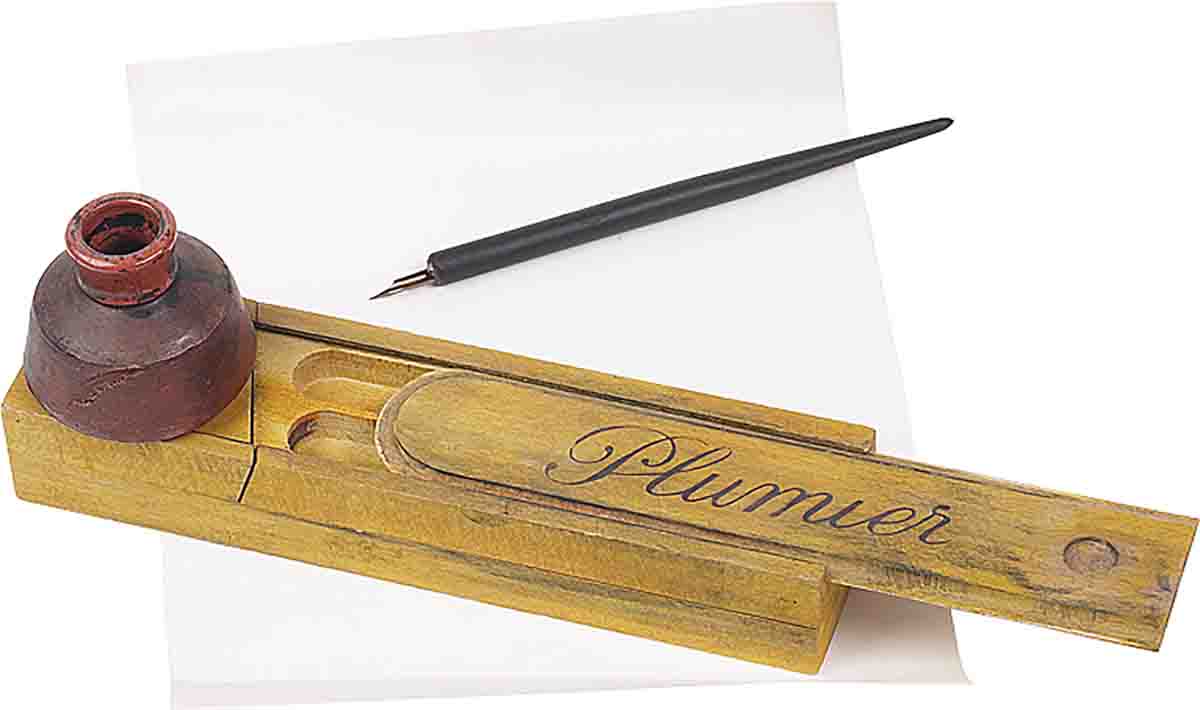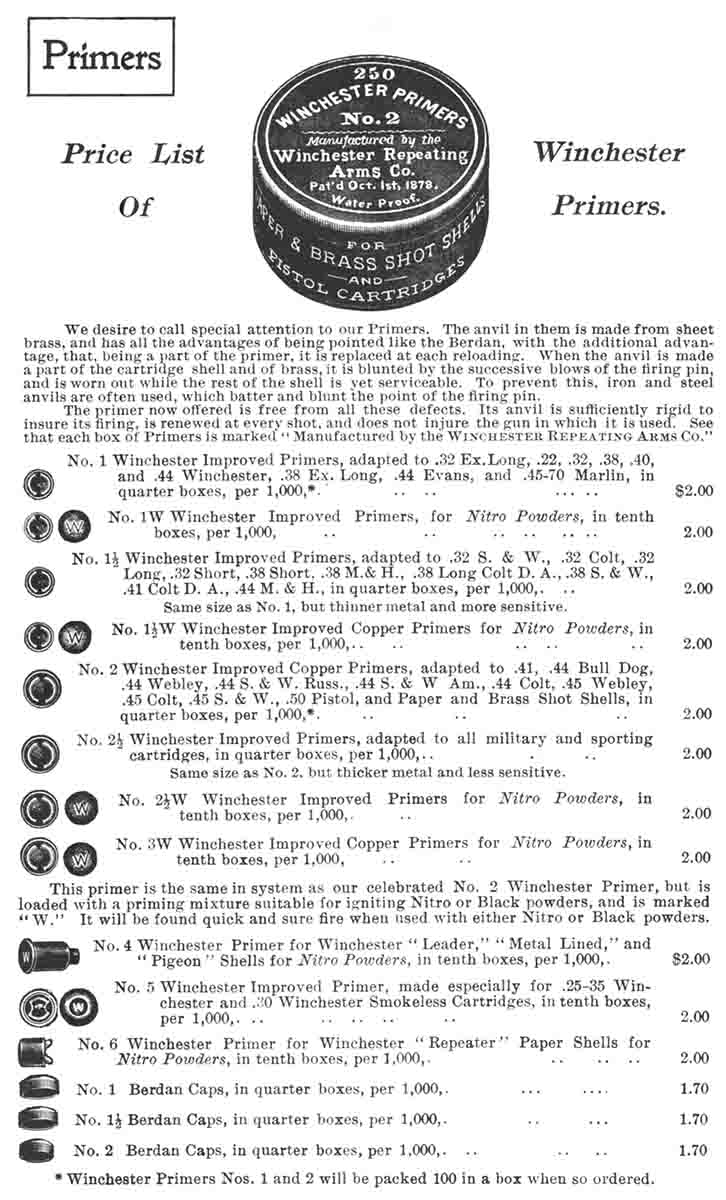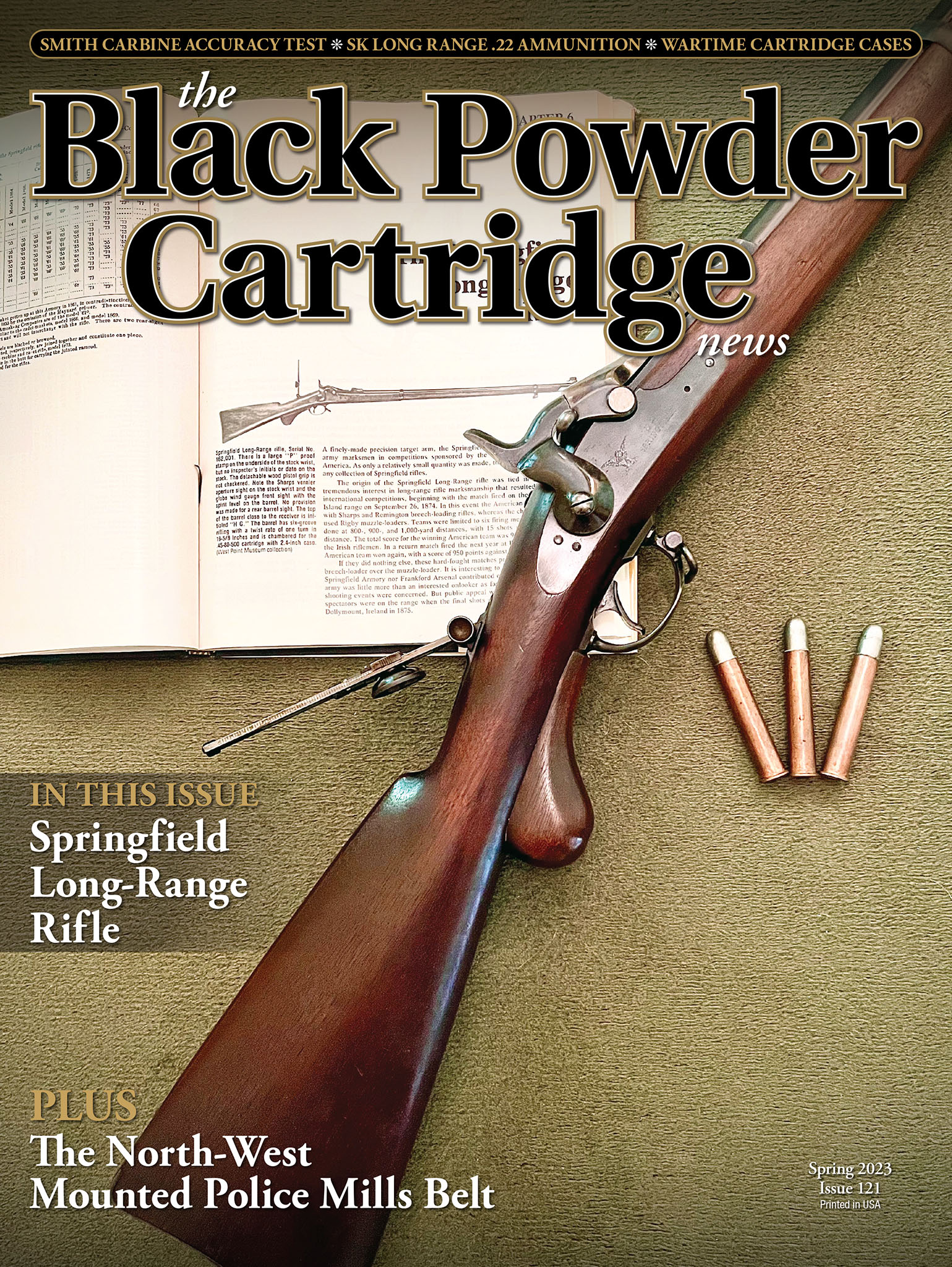Letters from Readers
Black Powder Primers?
column By: Steve Garbe | March, 23

I have been a subscriber of The Black Powder Cartridge News for many years. I do appreciate the magazine for its content, not only about the historical articles, but about the black powder related firearms, as well information about reloading. The reason I’m writing to you is that in the Fall 2022, Issue No. 119, on page 40, titled “Reloading Recommendations from DuPont,” on the page in the picture “page 7,” it mentioned: “When using Black Powder, Black Powder primers should be used.” It also mentioned that black powder will burn drier when smokeless primers are used.
So, my question is, what primer was used in those days and what substitutes are there for these primers today? Unfortunately, today only primers for smokeless reloading can be used, so far as I know. If you may have any kind of information about that topic, or what would be used today as the “top primer” for reloading cartridges, please share that information with me.
– Lars Heinzinger

The Winchester No. 1, 1½, 2 and 2½ primers were all black-powder primers. When Winchester put a “W” behind the number designation, it meant that the primer was for smokeless powder. The black powder primers were generally not as “hot” as the smokeless primers…a close approximation of the old black-powder primers is the large pistol primers of today. I started using large pistol primers with black powder many years ago and if you look at the equipment lists for matches you’ll see that many competitors do so as well today. Using large pistol primers is really necessary in the small cartridges like .32-40 and .38-55 for consistent accuracy. I find Remington 2½ Large Pistol primers to be a very close substitute in power to the old black powder-primers. I still have some of the old Winchester black-powder primers that I occasionally use for experimentation.
One word of caution – as the modern large pistol primers are thinner than large rifle, there can be a deeper gap between the breechface and the large pistol primer than what exists with a large rifle primer. When the large pistol primer ignites, it is slammed back into the breechface. If the breechblock is not correctly hardened, this will result in the firing-pin hole being cratered or cupped in relatively few shots. Make sure your breechblock face is hard; if not, have it correctly re-hardened or bushed with a tool steel insert before using it with large pistol primers. This advice applies to vintage as well as modern black-powder firearms.
– Steve Garbe


